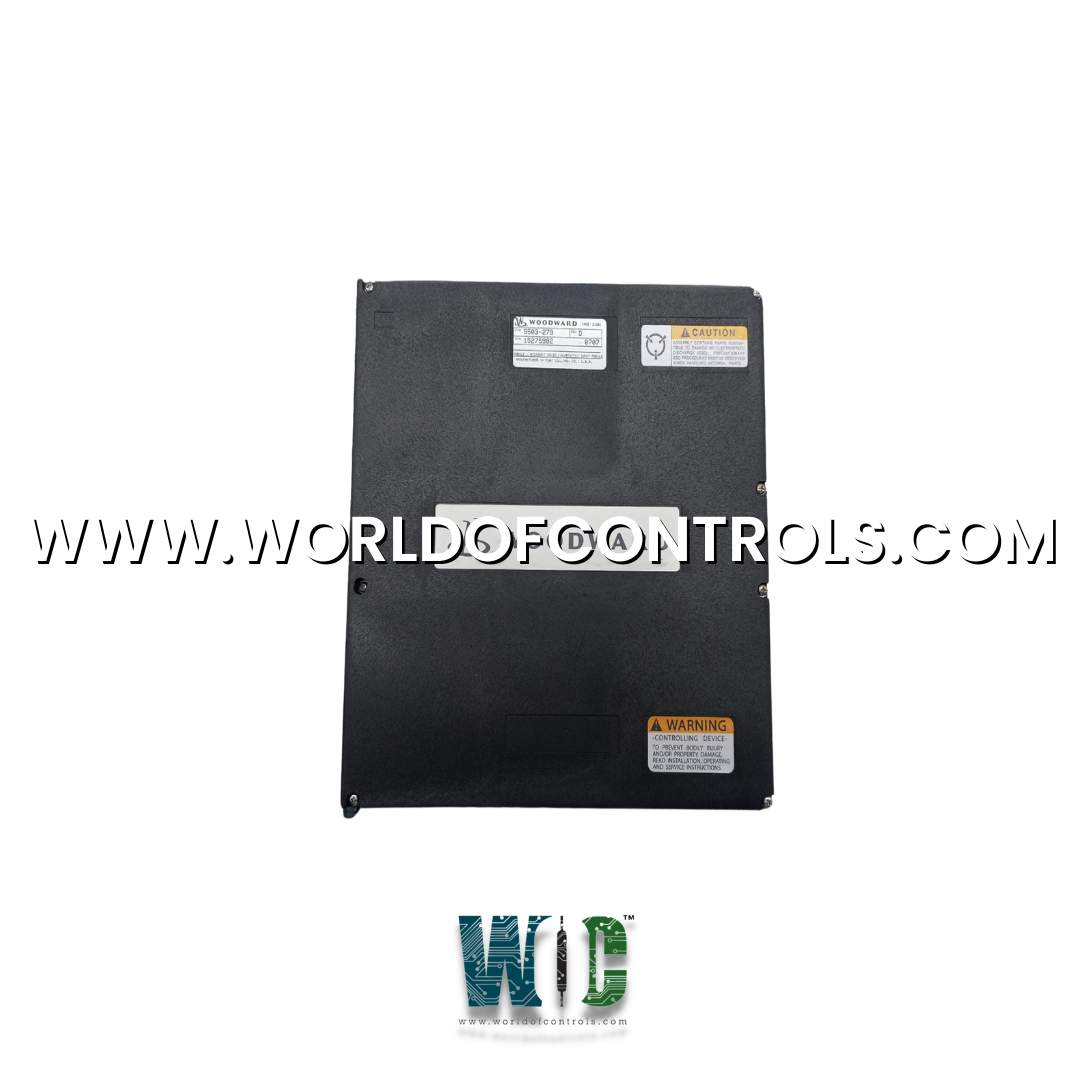SPECIFICATIONS
Part Number: 5503-279
Manufacturer: Woodward
Product type: High Density Versatile Input Module
Repair: 3-7 Day
Failure for 13 LED Flashes: Dual Port RAM Error
Inputs: 4-20 mA
Manual: 26166V2, 26166V3, and 26167V1
Channels: Thirty-Four
LEDs: 2
Potentiometer:s None
Quantity of Thermocouple Inputs 24
Availability: In Stock
Country of Manufacture: United States (USA)
Functional Description
5503-279 is a High Density Versatile Input Module developed by Woodward. Each Configurable HDVIM module is equipped with circuitry to handle a total of 34 analog inputs and two cold junction inputs. These inputs can be classified into two main types: 4–20 mA inputs and thermocouple inputs, as well as 4-20 mA inputs and RTD (Resistance Temperature Detector) inputs.
Features
- Out of the 34 analog inputs, 24 can be configured either as 4-20 mA inputs or thermocouple inputs. This versatility allows users to adapt the module to the specific needs of their application, whether it involves current signals or temperature measurements using thermocouples.
- The remaining ten analog inputs on the module can be configured either as 4-20 mA inputs or RTD inputs. This flexibility further enhances the module's adaptability to diverse control and monitoring scenarios, where temperature measurements are required using RTD sensors.
- To ensure reliable connections and communication with the central processing unit (CPU) board, the Configurable 34 Ch HDVIM module utilizes the VME bus interface. This widely used interface standard allows for seamless data exchange between the module and the CPU board, enabling smooth integration into the overall control system.
- The module's design incorporates isolation features to enhance its safety and reliability. The first 12 Thermocouple/4-20 mA inputs are isolated as a group, which means they are electrically separated from the other inputs and from the control common. This isolation prevents any potential interference or crosstalk between the input groups, ensuring accurate and noise-free data acquisition for critical temperature measurements.
- Similarly, the second 12 Thermocouple inputs and the first 4 RTD/4-0 mA inputs are also isolated as groups, separate from the other inputs and the control common. This additional isolation further enhances the stability and precision of the data obtained from these input channels, especially when dealing with sensitive temperature measurements using thermocouples and RTDs.
Operation
- The Configurable module offers a high level of versatility in input configuration to suit various measurement requirements. The module can be entirely configured as 4-20 mA analog inputs, giving users the flexibility to choose the most suitable input type for their specific application.
- Out of the 34 available channels, the first 24 channels can be individually configured as either 4-20 mA inputs or thermocouple inputs. This versatility allows users to adapt the module to a wide range of monitoring scenarios. For instance, they can choose to use the inputs for general analog measurements, or opt for thermocouple inputs when precise temperature measurements are necessary.
- Similarly, the last 10 channels can be configured as either -20 mA inputs or RTD inputs. This capability enables users to measure temperature using RTDs, which offer high accuracy and stability, or use the inputs for other types of analog signals.
- To ensure proper functionality and calibration, the application software must be configured to match the selected input type. For example, if a thermocouple is connected to a channel, the software needs to be set to recognize it as a thermocouple input. This allows the module to utilize the correct hardware calibration values and set the appropriate hardware gains for accurate measurements.
- For the first 24 channels configured as thermocouple inputs, they must be paired together, meaning channels 1 and 2 must both be thermocouples, or both be 4-20 mA inputs. This pairing ensures consistent and reliable temperature measurements and prevents any inconsistencies between channels.
- Regarding the 10 channels configured as RTD inputs, they can be configured individually, offering more flexibility for specific temperature measurement requirements.
- For any un-used channel within the paired channels 1 - 24, its input must be shorted to prevent measurement errors on the in-use channel of the pair. This practice helps eliminate any potential signal interference or crosstalk between channels, ensuring accurate data acquisition from the active channel.
World of Controls has the most comprehensive selection of GE and Woodward components. Our professionals are available to help you with your requirements at any time. If you require any additional information, please contact WOC immediately.
Frequently Asked Questions
What is 5503-279?
It is High Density Versatile Input Module developed by Woodward.
How does the module communicate with the central processing unit (CPU) board?
The module utilizes the VME bus interface for reliable connections and seamless communication with the CPU board. The VME bus is a widely used interface standard in industrial systems, ensuring smooth data exchange and efficient integration into the overall control system.
How does the module ensure safety and reliability in data acquisition?
The design of the module incorporates isolation features for enhanced safety and reliability. The first 12 Thermocouple/4-20 mA inputs are isolated as a group, meaning they are electrically separated from the other inputs and the control common. This isolation prevents potential interference or crosstalk, ensuring accurate and noise-free data acquisition for critical temperature measurements.
Are there additional isolated groups of inputs on the module?
Yes, the module also isolates the second 12 Thermocouple/4–20 mA inputs and the first 4 RTD/4-20 mA inputs as groups, separate from the other inputs and the control common. This added isolation further enhances the stability and precision of the data obtained from these input channels, particularly in sensitive temperature measurements using thermocouples and RTDs.
